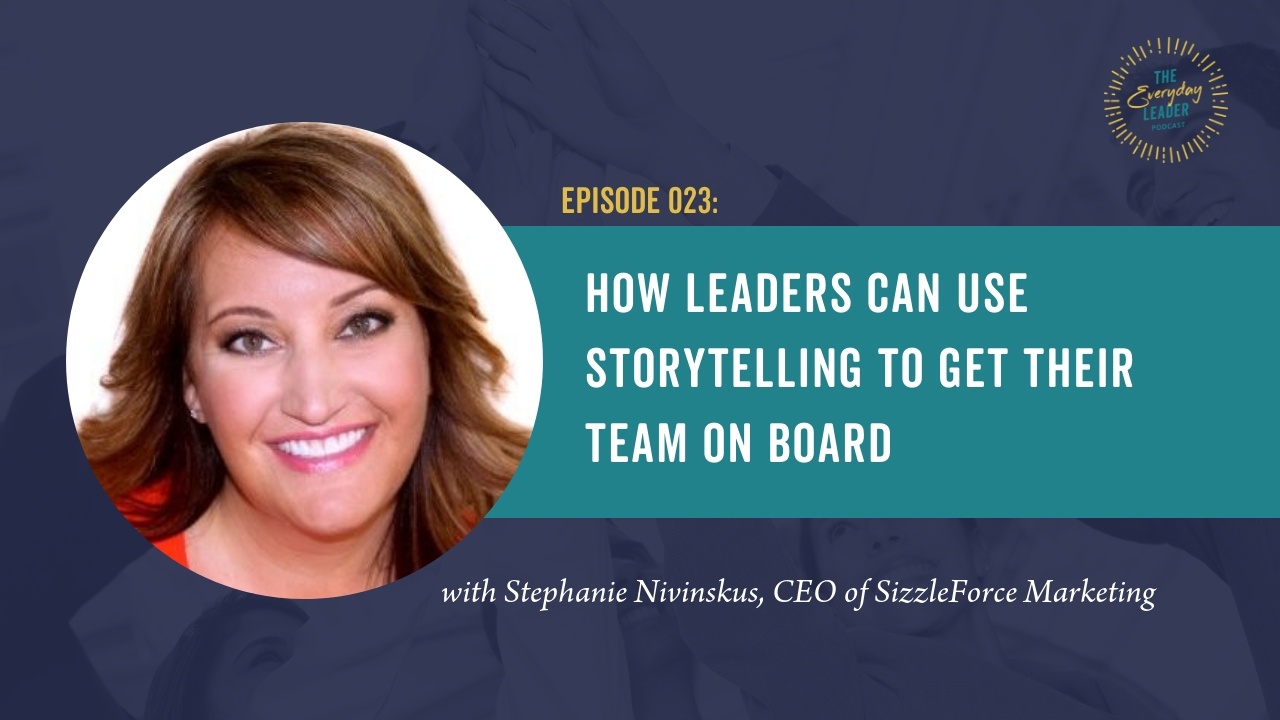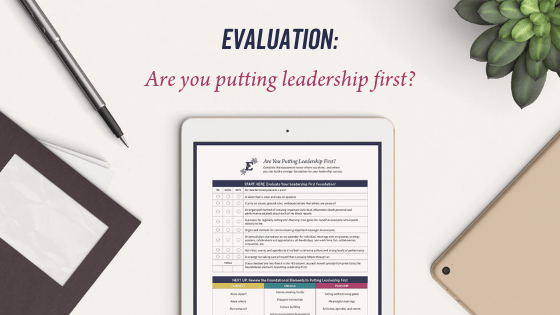The Power of Storytelling in Upping Your Leadership Game
Did you know that emotions and empathy go hand in hand? When a person hears an emotionally engaging story, the body releases the chemical oxytocin which creates empathy in the hearer and serves to strengthen bonds and relationships. At Energize Leadership, we use this as an unbeatable argument for doing those silly ice breakers at team meetings! Oxytocin is just what the doctor ordered when it comes to bringing people together. Today, we’re going to dive in to the importance of storytelling for leaders in building a tribe, achieving their goals, and showcasing their impact.
We sat down with the brilliant word diva Stephanie Nivinskus, CEO of Sizzle Force Marketing, who helps leaders stand out in a noisy world by better articulating their message and leveraging story to engage and inspire others. Listen in to hear what she had to say on the #everydayleaderpodcast
Stephane shared a few tips and we thought you’d enjoy reading through them!
#1 Motivation matters
People are far more motivated when they are working on something that matters, whether their own or for the benefit of others. Employees need to know that their work matters, no matter how simple the task might appear on the surface or in the overall scheme of things. Connect them to their end results every chance you get. Use all the senses to set the scene and invoke a personal connection to reality. This will ensure everyone is fully on board with what their work means and how important it is every step of the way.
#2 Think internally and externally
Storytelling is the way to plant your ideas in other peoples’ minds. A good story opens the way for all kinds of positive changes in the mind of both internal and external customers. If your external customers can clearly see that you have the ideal solution to their current challenge, half the battle is won. When employees know that in their own small way they have an impact from what they do, relationships are strengthened both inside and outside of the organization.
#3 Passion is contagious but doesn’t matter when it’s all bottled up
A leader’s willingness to develop and share his/her vision through meaningful and compelling “stories” makes him/her more relatable to staff, and if well told and engaging, strengthens the vision, connects with people, increases buy-in and engenders team engagement in achieving the vision. It can also be used to align thinking and collaboration and provides a clear picture of where individuals fit into the work ahead. Get passionate about your work and speak to your passion often. Help others wrangle with their own passions and make space for them to share as well.
#4 Connect to the goals of the organization
It’s crucial for leaders to connect to the goals of the organization with their own “WHY” and be able to clearly articulate this in a compelling manner which draws others in while also encouraging them to identify how their own “WHY” connects to the work at hand. Work is pretty boring when everyone’s heads are down – doing all the work. It’s important to speak to why the work matters to each individual so everyone can build respect for each other, appreciate differences in how work is done, and authentically connect to the work at hand.
Tell us – how do you use stories in the work you do, in leading your team, or in connecting with clients and customers? Have you seen a positive impact when leveraging a story? We’d love to hear your “stories!”
—
Check out our Leadership First Self-Evaluation for opportunities to lean in and reach your full leadership potential!






